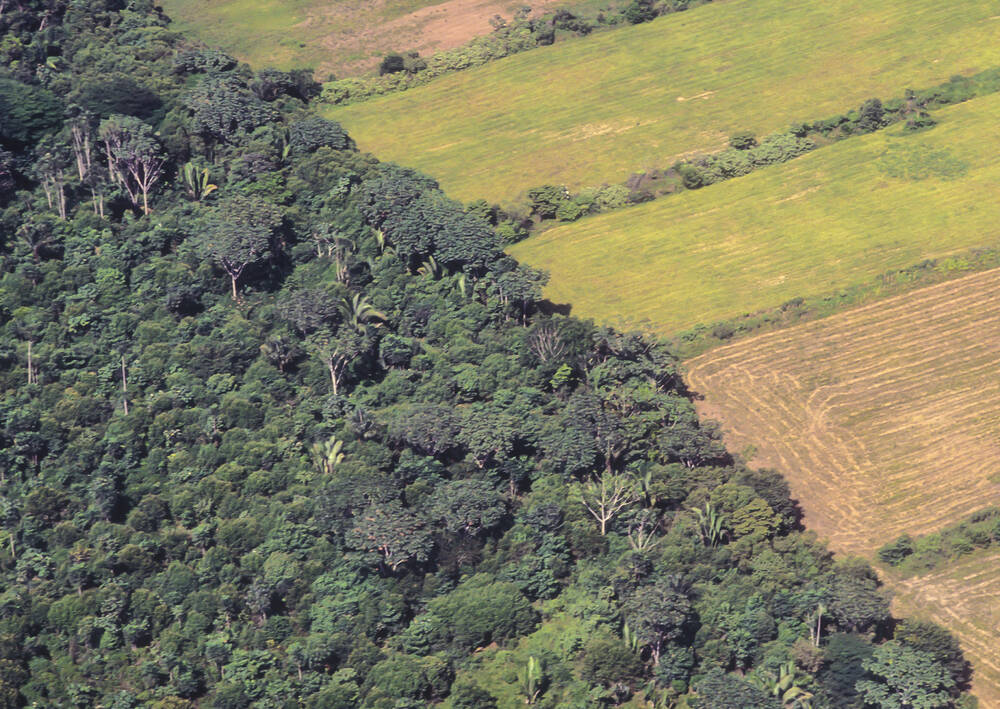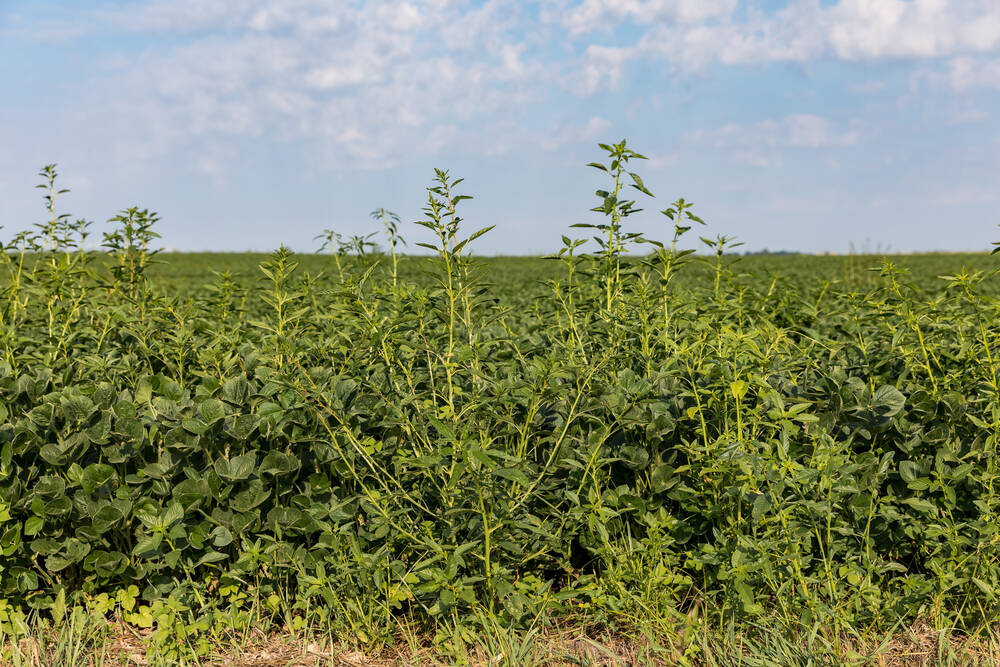What Brazil can teach us about environmental preservation

Brazil is known worldwide as an agricultural powerhouse, particularly when it comes to grains and beef.
Read Also

Waterhemp and its crazy advantage
Waterhemp has genetic advantages that lead to quicker herbicide resistance, but after a decade in the province, Ontario growers are learning to manage it.
I visited the country, specifically the central-western state of Mato Grosso do Sul, and the truth of this reputation was immediately clear. Whether viewed from the plane window or during field walks, the scale of Brazil’s agricultural capacity is breathtaking.
Perhaps more surprising is the level of environmental preservation and emphasis on biodiversity shared by some within the farming sector. I saw the country with some of my Nuffield Scholar cohorts and the way Brazilians manage their environment is something to see. When it comes to promotion of biodiversity, it might even be something to learn from.
Mato Grosso do Sul is one of Brazil’s major grain and beef producing regions. With soil not dissimilar to the deep red of Prince Edward Island, grain growers take advantage of the region’s long and hot growing season to produce multiple crops each year.
Indeed, the seemingly continuous growing season generates striking vistas. This includes, for example, newly planted corn fields alongside chest-high corn crops, ready-to-harvest soybeans and sugarcane in various stages of growth. There are towering eucalyptus tree plantations that, thanks to the heat and significant annual moisture, reach their full height within a mere seven years of planting.
The scale of production in Mato Grosso do Sul, and other states within Brazil, is matched by the size of farms and infrastructure. Everywhere the landscape is dotted with large grain elevators — a good thing for farmers, considering the logistical challenges of transporting bulk commodities vast distances over poor rural road networks.
The highway grid, conversely, is expansive and well kept. The state government is working on a cross-border highway with countries to its west in an effort to bring commodities directly to Pacific Ocean ports. This would eliminated the need to ship via the Panama Canal or around the southern tip of South America. It’s sure to be quite the leg-up for an already highly competitive grain production area.
The scale of some farm businesses is astounding. As someone who regularly speaks with producers who manage thousands or tens of thousands of acres, I found it almost incomprehensible that a handful of people can, for example, acquire and manage 220,000 hectares – enough land to encompass all of Essex County, plus a significant chunk of Chatham-Kent.
I found myself wondering about the social implications of land ownership on this scale, or the out-sized impact one or two large farmers could have on global markets even when making seemingly small business decisions.
An environmental model?
Brazil is often associated with deforestation and ecological destruction, particularly in the Amazon. This is not incorrect, although reality is predictably more complicated.
The latter half of the 20th century saw concerted efforts on the part of Brazil’s public and private sector (the line between them was likely blurred during periods of dictatorship) to conquer the forest for agriculture. As one speaker described, this led to high levels of deforestation and was the basis on which much of the rest of the world views Brazilian agriculture.
For many years, however, the national government has enforced regulations to preserve significant portions of the country’s natural landscape. In the Amazon basin, for example, landowners are required to keep a minimum 80 per cent of their land under forest.
In Mato Grosso do Sul, the minimum requirement is 20 per cent. There are also requirements to maintain Permanent Preservation Areas along slopes, waterways and mountaintops. How this plays out on the ground is surely complex, and both legal and illegal deforestation were cited as ongoing challenges.
Regardless, the fact that Brazilians long ago identified nature preservation as critical to their nation, and its global brand, is forward-thinking.
More than one conference speaker highlighted Brazil’s emphasis on biodiversity, as well as significantly greater investment in biofuels as an alternative to carbon-focused policies. Indeed, carbon was identified as a “Northern Hemisphere issue” several times.
Given my Nuffield research topic focuses on environmental restoration, I found this perspective intriguing and a potentially useful approach to solving a variety of environmental problems at home.
Admitting past errors
I left Brazil with mixed impressions. Field trips to working farms, speakers from the country’s farm sector, and conversations with Nuffield scholars from other parts of the globe highlighted many areas in which, to my mind, Canadian agriculture succeeds: production of high-quality meat and food-grade grains; investments in soil health; and a lower level of land consolidation, to name a few.
Conversely, and with particular regard to environmental preservation, my experience in Mato Grosso do Sul identified that Canadian farmers in Ontario’s agricultural community have a lot of room for improvement.
The Brazilians embarked on a crusade against the forest, but have since striven to mitigate and repair the damage. It’s certainly not a perfect process, but the political intent is there.
In Ontario, we have done one of those two things — and it certainly is not the latter. Local efforts such as municipal prohibitions against clear felling, for example, meet consistent and fierce resistance. Criticisms of carbon-specific policies are commonplace, while willingness to help find solutions are, in my experience, more wanting.
Government efforts to do something for the climate, however misguided or flawed, are consistent targets of our ire. Others that clearly don’t give a toss about natural landscapes or the rapid loss of farmland are welcomed to speak at annual meetings.
There are few if any protections safeguarding Ontario’s natural landscapes against agricultural activity. This is despite the fact that we have already deforested and drained huge swaths of territory, particularly in the southern regions, that were once home to Canada’s most diverse biome, Carolinian forest and wetlands.
Call it confirmation bias, but for me, Brazil reinforced the idea that many of us need to do better by the environment.
We could seize the opportunity to articulate a path forward; one that accomplishes environmental goals shared by so many of our fellow citizens — carbon sequestration, conservation, etc. — that also work for our farm business models.
Being honest with ourselves and recognizing we’ve been pretty hard on biodiversity might be a proactive place to start.
Source: Farmtario.com

